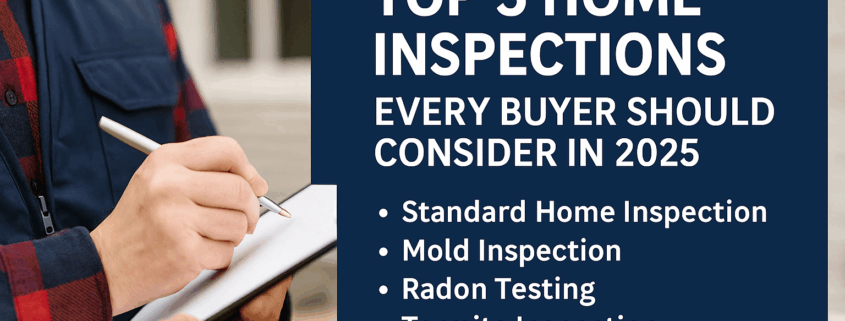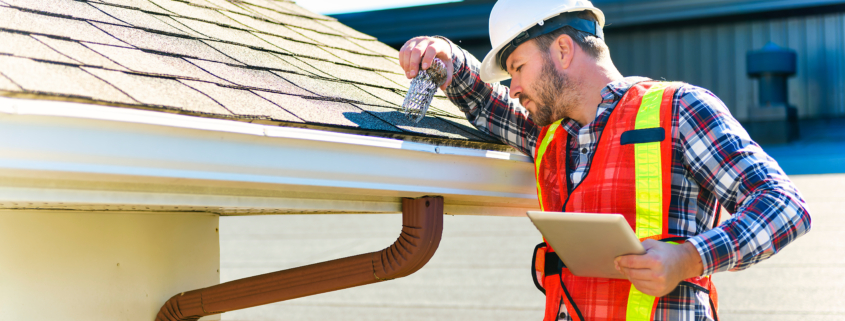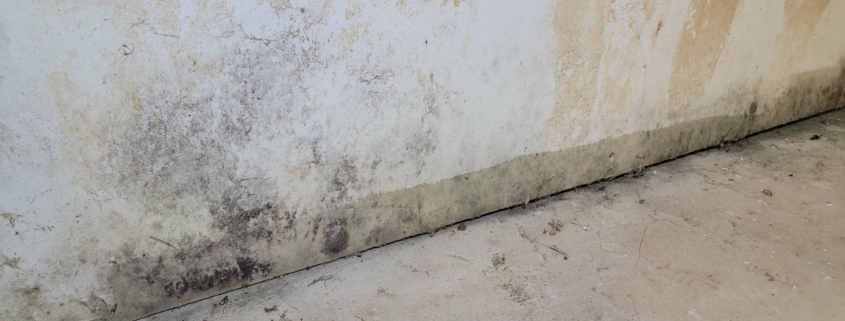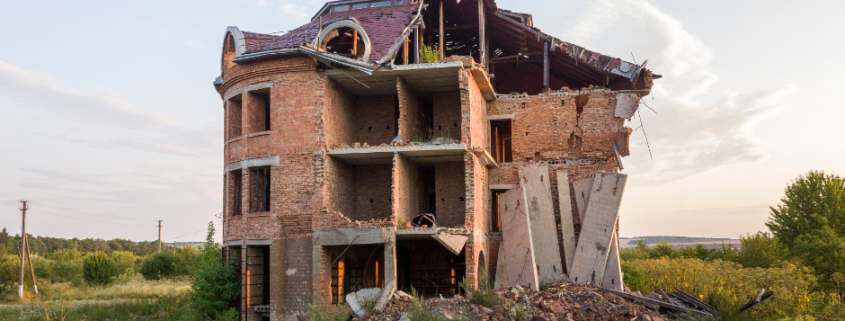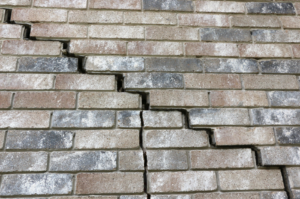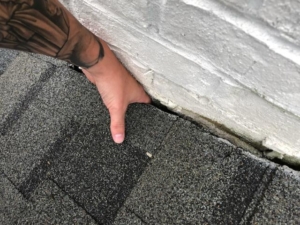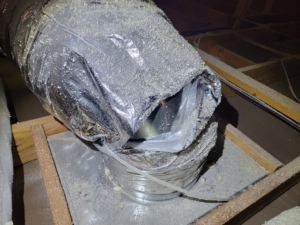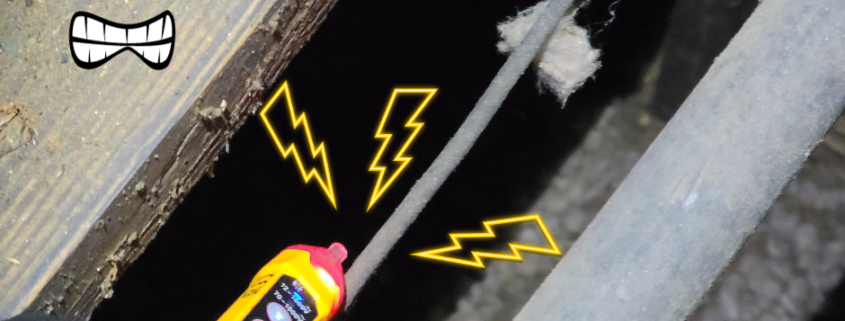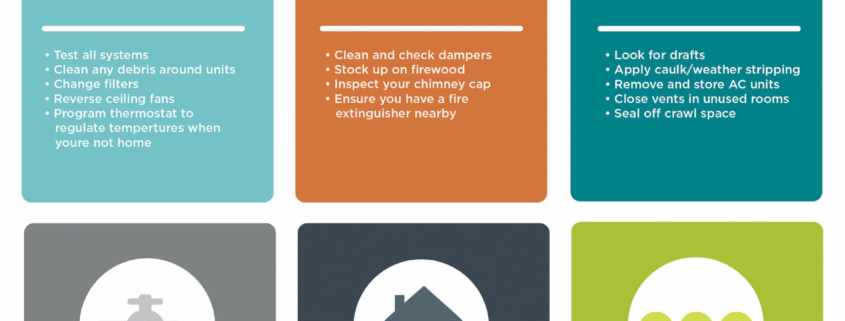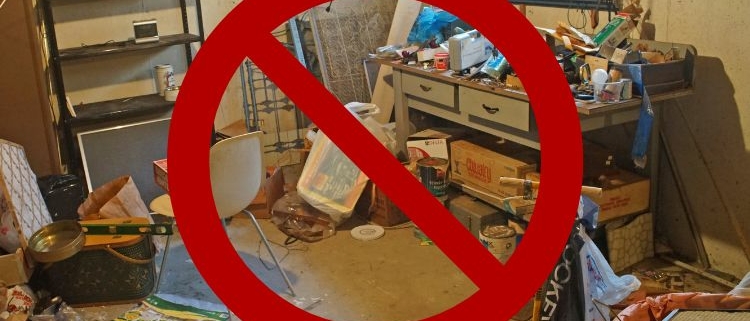The Most Important Home Inspections for Buyers in Peachtree City in 2025
Introduction
A standard home inspection covers hundreds of items, but some properties call for specialized inspections that can reveal hidden issues before you commit to a purchase. At Lifeline Inspection Services, we’ve seen firsthand how these additional evaluations can save buyers from major headaches and expenses.
In Peachtree City, where the community values home ownership, understanding the nuances of home inspections is essential. This includes recognizing the importance of choosing the right inspector, who often provides insights beyond just the mechanical systems of the house. For instance, a knowledgeable inspector can offer guidance on local building codes, energy efficiency practices, and potential future upgrades that could save money over time. Buyers should also consider their long-term plans for the home, as this can influence which inspections are more critical. Are you planning extensive renovations? Or is this a starter home for your family? Each scenario might require a different approach to inspections.
1. Standard Home Inspection
When conducting a standard home inspection, the inspector will typically evaluate the roof, plumbing, electrical systems, and other essential components of the house. For example, they might use thermal imaging to identify areas of heat loss, which can indicate insulation issues. This insight can be invaluable for buyers looking to enhance energy efficiency and reduce utility costs. Additionally, inspectors often assess the overall condition of appliances, grounding systems, and even the safety of stairways and railings, which can prevent accidents.
-
Purpose: Provides a complete overview of the home’s structure and systems.
The purpose of a standard home inspection transcends mere checklist completion; it serves as a critical tool for negotiation. For example, if the inspection reveals a significant issue, such as a leaky roof or outdated wiring, buyers can use this information to negotiate repairs or price adjustments with the seller, potentially saving thousands of dollars. Moreover, understanding the home’s current condition may help buyers plan for future maintenance needs, leading to informed budgeting and home care strategies.
-
Best For: Every home purchase. It’s the baseline protection you need.
For every home purchase in Peachtree City, a standard home inspection acts as the cornerstone of due diligence. It not only protects the buyer from unexpected surprises but also empowers them with knowledge about their potential investment. For instance, first-time homebuyers might feel overwhelmed by the process, but a thorough inspection provides them with clarity on their new home, instilling confidence as they transition into ownership.
2. Mold/Air Quality Inspection
Mold growth can significantly affect indoor air quality and impact health, leading to respiratory issues and allergies. This is why a mold and air quality inspection is crucial, especially in humid climates like Peachtree City. Factors such as previous water damage or improper ventilation can foster mold growth, making it essential to identify these issues before purchasing. An inspector will typically take air samples and assess visible areas for signs of mold. If mold is detected, buyers should seek remediation before finalizing the purchase.
-
Purpose: Detects mold growth and checks air quality that can impact health
Homes with past water damage or musty odors are prime candidates for a mold and air quality inspection. Buyers may want to consider the age of the home, as older homes often have historical moisture issues. Furthermore, understanding the implications of mold exposure can motivate buyers to prioritize this inspection. For instance, some may not realize that mold can compromise structural integrity, which may lead to costly repairs down the line.
-
Best For: Homes with past water damage or musty odors.
3. Radon Testing
The process of radon testing is particularly important in areas where radon gas is known to be prevalent. This naturally occurring gas can seep into homes through cracks and openings, posing serious health risks over time. By conducting radon testing, buyers can ensure that levels are within safe limits. If elevated levels are found, mitigation systems can be installed to reduce radon exposure, providing peace of mind for homeowners.
-
Purpose: Measures levels of radon gas, a leading cause of lung cancer.
Radon testing is recommended for all homes, especially in regions with a history of high radon levels. This emphasizes the importance of local knowledge in the inspection process. Buyers should inquire about radon levels in their neighborhood and consider testing as part of their due diligence. Understanding the potential health risks associated with radon can be a deciding factor in whether to proceed with a home purchase.
-
Best For: Any home, but especially in areas known for higher radon levels.
4. Termite/Wood-Destroying Organism Inspection
Termite and wood-destroying organism inspections are essential for preserving the integrity of a home. Often, termite damage is not immediately visible, making it crucial to have a professional inspection. The inspector will look for signs of past infestations, such as frass (termite droppings), mud tubes, and damage to wooden structures. A proactive approach can save buyers from extensive repairs and potential health hazards associated with mold and decay resulting from untreated termite damage.
-
Purpose: Identifies damage from termites or other wood-destroying pests.
Older homes or those in termite-prone climates are particularly vulnerable to wood-destroying pests. By investing in this inspection, buyers can protect their investment and avoid future headaches. Additionally, understanding the treatment options available can empower buyers to make informed decisions on pest control and structural integrity maintenance.
-
Best For: Older homes or those in termite-prone climates.
5. Sewer Scope Inspection
A sewer scope inspection is often overlooked but can reveal critical issues that may not be apparent during a standard inspection. Tree root intrusion, blockages, and cracks in the sewer line can lead to expensive repairs if not addressed early. By using a camera to inspect the sewer lines, buyers gain insights into the condition of these systems, allowing for informed negotiations and budgeting for future repairs.
-
Purpose: Uses a camera to inspect underground sewer lines for blockages, cracks, or tree root intrusion.
Homes older than 20 years or properties with large trees nearby are particularly at risk for sewer line issues. Buyers should be aware of local soil conditions that may impact sewer line integrity, and understanding the potential hazards associated with aging sewer systems can encourage proactive maintenance and inspections.
-
Best For: Homes older than 20 years or properties with large trees nearby.
Local Considerations in Peachtree City
Climate, soil conditions, and building styles all influence which inspections are most important in our area. For example, homes in flood-prone zones may benefit from more detailed foundation and moisture inspections.
Local considerations play a significant role in determining the types of inspections required in Peachtree City. For instance, homes near bodies of water or in flood-prone areas may need additional inspections focused on moisture and foundation integrity. Buyers should consider the specific environmental factors in their desired neighborhoods and work with inspectors who have a thorough understanding of these local conditions.
Conclusion
A home purchase should come with peace of mind, not surprise repair bills. At Lifeline Inspection Services, we help buyers choose the right combination of inspections for their property so they can close with confidence. By understanding the significance of various home inspections for buyers and their unique needs, you can confidently navigate the home buying process, ensuring that your investment is sound. Call us today to schedule your next inspection or schedule here.
As you navigate the home buying process, keep in mind that a comprehensive inspection strategy tailored to your unique situation can make all the difference. Whether you’re a first-time buyer or looking to invest in a property, understanding the various inspection types helps ensure that you’re making a sound investment. Lifeline Inspection Services is dedicated to providing buyers with the information they need to make informed decisions.
FAQ
When considering home inspections for buyers, it’s important to equip yourself with as much information as possible. The more you know, the better equipped you’ll be to handle any surprises that may arise during the buying process. Engaging with your inspector and asking questions can further enhance your understanding and comfort level with the home’s condition.
Q: When should I schedule specialized inspections?
A: Ideally at the same time as your standard home inspection to avoid delays in your due diligence period.
Specialized inspections should be scheduled promptly during the buying process. This ensures that any issues identified can be addressed before negotiations take place. Some buyers may find that their lenders require specific inspections before financing can be approved, making timely scheduling essential. By working closely with your real estate agent and inspection service, you can coordinate a schedule that works best for all parties involved.
Q: Are specialized inspections included in the standard inspection?
A: No, these are separate services that can be added to your inspection package.
Buyers should be aware that specialized inspections come at an additional cost. However, the benefits often outweigh the expense, as they can uncover issues that may be costly to repair after the fact. Consider these inspections an investment in your future home, ensuring that you’re getting a property in good condition and making a wise financial decision.
Q: How do I know which specialized inspections I need?
A: Our inspectors will make recommendations based on the property’s age, condition, and location.
Each property is unique, and therefore, the recommendations for specialized inspections may vary. For instance, if you’re purchasing an older home or one with a history of water damage, your inspector may recommend a thorough inspection for mold and air quality. A proactive approach can help mitigate risks and give you a clearer picture of what to expect upon moving in.
Q: Can you coordinate multiple inspections in one visit?
A: Yes, we can arrange to complete standard and specialized inspections during the same appointment for efficiency.Ultimately, conducting thorough home inspections for buyers leads to informed decisions, greater peace of mind, and a smoother transition to home ownership. Understanding these inspections provides you with the tools necessary to protect your investment and enjoy your new home for years to come.
Coordinating multiple inspections in one visit can save time and money. It allows for a comprehensive overview of the property without the need for multiple appointments. Buyers should communicate their preferences and needs upfront to ensure that all inspections are handled efficiently and effectively, maximizing the utility of the inspection process.

